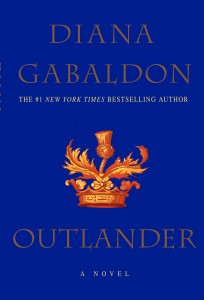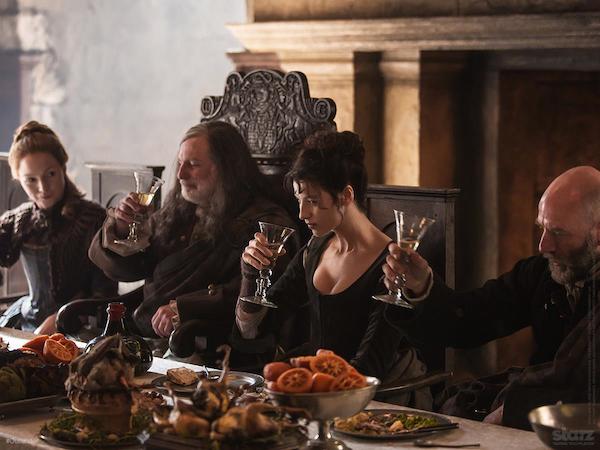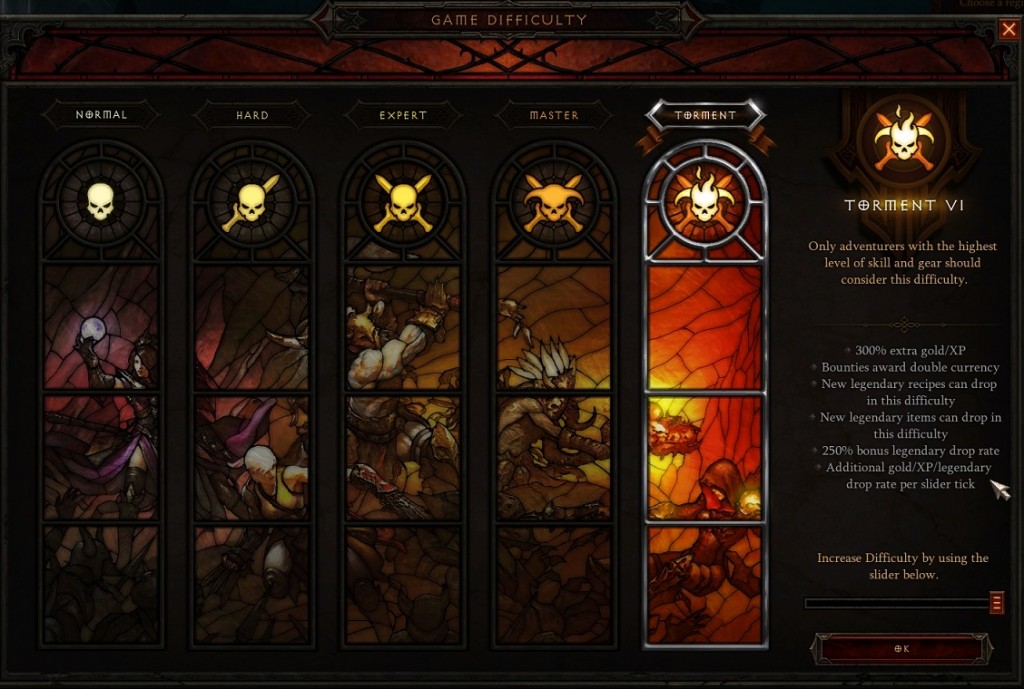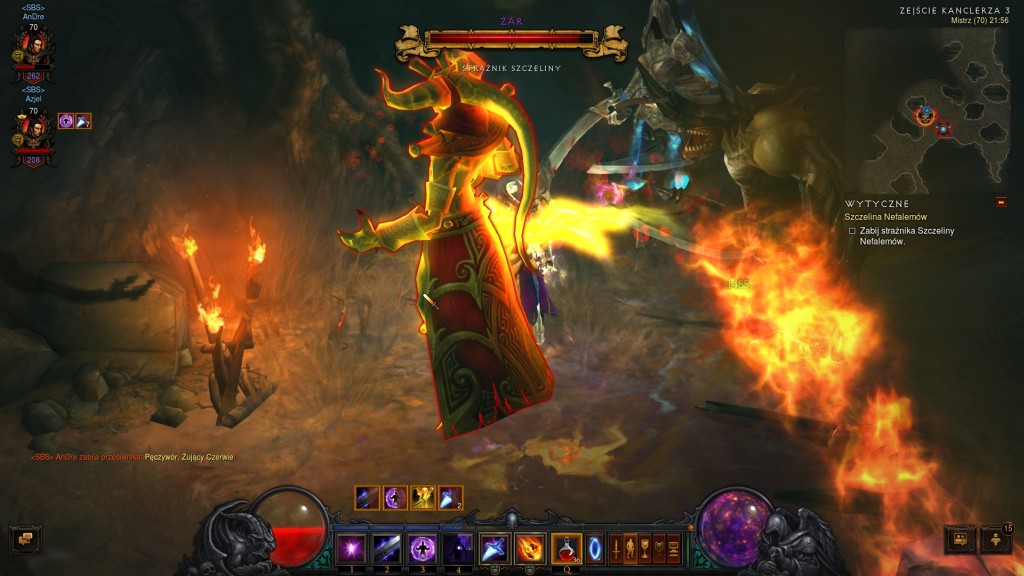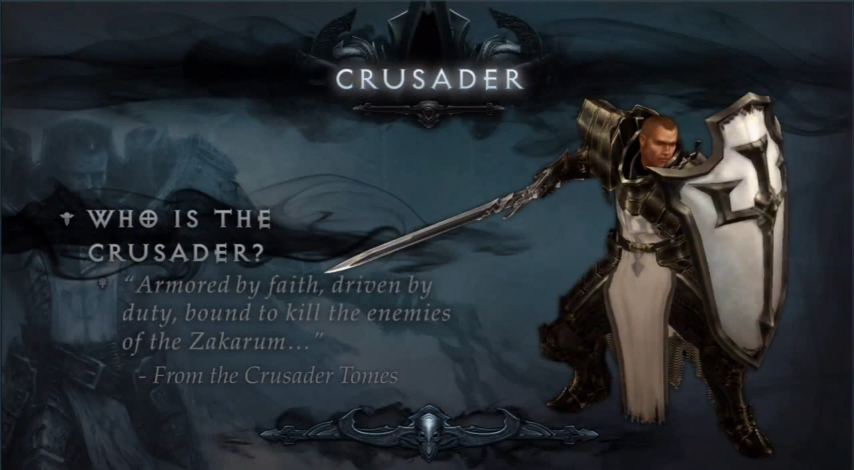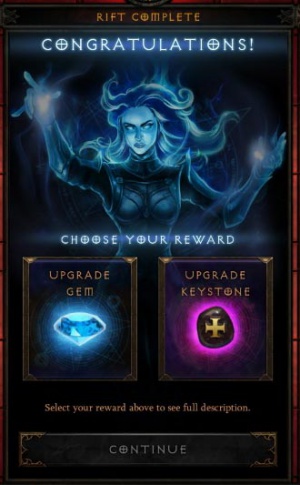Restaurant: Republique [1, 2, 3, 4, 5]
Location: 624 S La Brea Ave, Los Angeles, CA 90036. (310) 362-6115
Date: October 28, 2014
Cuisine: Modern Bistro French
Rating: Nice (loud) space, tasty hip food, great service
Back to Republique again? Well, it seems in 2014 half the serious wine events are here. Possibly it’s because Sommelier Taylor Parsons is so good. In any case, tonight’s tasting is a serious vertical exploration of Trimbach Close St Hune, one of the world’s most rarefied dry Rieslings. This dinner was organized by Sage Society (and Sage’s founder, Liz Lee) for Sage Society clients. Not only did we enjoy 16 vintages of CSH, but Anne Trimbach, ambassador from the winemaker joined us.

The building is an interesting fusion of pre-war factory…

The main interior is nearly church-like. It’s been all opened up and looks great, but it’s big, tall, and covered in hard surfaces. That means loud!
Tonight our dinner was in the private room upstairs, but our appetizers began on a little table in the upstairs hall.

NV Jacquart Champagne Blanc de Blancs Grand Cru “Mesnil Expérience. 92 points. Light pale color, micro beading. Nose is acute and clean, showing very pleasant saline, schist and lemony/citrus tones. Touch of browned toast as well. Mouth feel is excellent and integrated. On the palate very defined citrus, lemon, grey stone, green apple and hard wood, some secondary weight on the back palate indicating good structure. Mouthwatering in nature, with great acid elements. An excellent value, worth seeking out.

Tart. Nueske’s Bacon. Carmelized onion, gruyere. Addictively sweet and salty.

NV Jacquart Champagne Brut Rosé Experience. 89 points. Pleasant rose champagne with strawberry aromas. It has a vibrant acidity which gives it a good refreshing quality.

Gioia Burrata Crostini. Green kadota & black mission figs, speck, some purple leaf. Burrata and cured meat is always a winner.

Tonight’s special menu (mostly listing the wines). We also had an 1992 CSH.

Anne Trimbach, ambassador for the Trimbach family presided over our dinner, offering comments on each of the wines.

We begin with Trimbach Riesling Cuvée Frédéric Emile, which is a blend of two Grand Cru vineyards.
2007 Trimbach Riesling Cuvée Frédéric Emile. IWC 91+. Good pale color. Rather austere on the nose, hinting at underripe pineapple, crushed stone and menthol. Dense, ripe and dry, with terrific sappiness giving a tactile quality to the dusty flavors of pineapple, grapefruit, lime, spices and stone. There’s something subtly full about this broad, very long riesling. Here, too, the acidity is nearly eight grams, and the residual sugar less than one gram. Still an infant.
agavin: acid bomb!

1997 Trimbach Riesling Cuvée Frédéric Emile. IWC 93+. Subdued but deep aromas of white flowers and lime. Dry (just three grams per liter r.s.), deep and impressively structured. Slow to evolve but already long on personality. Very densely packed and deep. This should develop in bottle for many years. Very long, adamantly dry finish. Jean Trimbach considers this a great vintage for the Frédéric Emile, perhaps in the class of the ’83.
agavin: the best pairing with the food (of the flight). First bottle was corked, we opened a second and it was great.

1990 Trimbach Riesling Cuvée Frédéric Emile. 94+ points. Elegant, almost rubbery nose with very delicate and nice fruit aromas. This is actually complex with tender yellow fruit, dried, elegant herbs, and pure citrus fruit. Perfect development. A palate loaded with mineral and grinded stones. Elegant and pure. Absolute balance and a tremendous grip. The acidity and finish goes on and on. Medium-fullish body.
agavin: more Boytritus and my favorite by itself.

Hamachi crudo. Oysters. Oyster gelle. Singapore curry oil. This actually paired very well. You wouldn’t think so, but it did. All three main elements (hamachi, oysters, and curry) were present and in balance.

With this flight we start up the endless progression of Clos St Hune.
2007 Trimbach Riesling Clos Ste. Hune. IWC 94+. Very pale, clear color. Extremely unevolved aromas of quinine, mint, lime, white flowers and white truffle. Dense and exhilarating, with an oily texture and piquant lime and mineral flavors that saturate the palate. Wonderfully pure and stony riesling, but still a baby. Today this is all about grip. The r.s. here is just 1.7 grams per liter, according to Pierre Trimbach, who compares this wine to the superb 2001 Clos Ste. Hune.

2005 Trimbach Riesling Clos Ste. Hune. IWC 93+. Subtle aromas of lime skin, peche de vigne and wet stone, with complicating notes of vanilla and mint. Denser and richer than the Frederic Emile, and a step up in concentration; shows a more glyceral texture to its peach and spice flavors. Round, mouthfilling and horizontal. Finishes dry, broad and very long, with a bracing edge of acidity. This and the Fred were picked in mid-October, and “not too late,” notes Pierre Trimbach, who is certain that these wines will shut down soon.
agavin: good, but in a slightly awkward stage.

2004 Trimbach Riesling Clos Ste. Hune. IWC 95. Pale, bright yellow. Ripe pineapple, liquid stone and exotic honey on the nose, with a spicy lift that suggests an oak influence this wine does not possess. On entry, this is sweeter and creamier than the Frederic Emile, but it livens up quickly in the middle, showing powerful minerality and sharply delineated flavors of liquid stone, pineapple and citrus peel. Still, this conveys a distinctly glyceral impression that suggests more sweetness than its 5 grams of residual sugar, no doubt a function of the 20% or so botrytized berries (in contrast to the Frederic Emile, which included no botrytis). Communicates an impression of power with elegance, finishing minerally and long but not austere. Pierre Trimbach compared this wine to the estate’s great 1990. This is already showing more Rosacker terroir than riesling character. About 9,000 bottles were made from 1.5 hectares of vines.
agavin: best of the flight right now

John Dory. Leeks. Potato moussaline. Leek and CSH butter sauce. Caviar. The fish was a little dry but the potatoes and sauce were scrumptious. All that butter balanced beautifully with the acid in the wine.

2001 Trimbach Riesling Clos Ste. Hune. IWC 92+. Pale color. Musky aromas of lime and powdered stone, complicated by spring flowers and a hint of marzipan. Densely packed and slightly sweet but with lively acidity framing and lifting the citrus, floral and mineral flavors. A note of baked bread gives this wine plenty of appeal today, but this still-young ’01 has the framework and grip to reward another decade of bottle aging.

2000 Trimbach Riesling Clos Ste. Hune. IWC 95+. Wonderfully pure, high-pitched nose melds quinine, pineapple, crushed stone, orange zest, violet and lavender; smells like a current release. Densely packed and very rich, with seamless flavors of crushed wet stone, lichee and grapefruit complicated by notes of baked bread and honey. This is very much like licking a rock, and yet there are complicating hints of tropical fruits here too. Wonderfully classy, pure wine with a tactile, classy, very subtle and long finish. Still a baby, and compellingly vibrant for a wine from the 2000 vintage. The driest wine in this vertical tasting, at just 1.3 grams per liter of residual sugar.
agavin: my favorite of the flight

1999 Trimbach Riesling Clos Ste. Hune. IWC 91+. Very pure, subtle aromas of grapefruit, minerals, lemon. Then rather unyielding on the palate, with an almost Chablis-like pepper and grapefruit pith austerity dominating today. Finishes with strong mounting acidity and lingering notes of lime and licorice. Lighter than the 2000 but perhaps more expressive today. Extremely dry at just 1.9 grams per liter r.s. Will this gain in richness with more time in bottle?
agavin: I found this too powerful/acidic.

Chicken. Chicken consume and chicken meat laced with foie gras. Diced vegetables. The broth was amazing, but by itself and in pairing. Who knew simple chicken broth could be so good. The meat itself was nice too.

Sommelier Taylor Parsons carries not a decanter of old dessert wine — but chicken broth!
Taylor does an amazing job. There were backups to every bottle (thanks Liz!). They were opened at the same time, checked. We had (identical) glasses for every pour! Each labeled with the wine and vintage. He poured himself, flawlessly and elegantly working an event pour around the table. Really, this is as good a wine service as I’ve ever seen.

1998 Trimbach Riesling Clos Ste. Hune. IWC 92+. Very complex nose melds lime, mint, powdered stone, licorice and a light petrol note. Dense, rich, chewy and firm; supple and ripe but solidly structured for aging. Finishes very long and minerally. Loads of potential. (But the ’97 Clos Ste. Hune, a wine of compelling minerality, is even richer and more layered; I’ll stick with my original score of 94(+?) for the earlier wine, which I retasted in May alongside the ’98.)
agavin: our bottle might have had a little premox

1996 Trimbach Riesling Clos Ste. Hune. IWC 95+. Full yellow-gold, deep for its age. Nose began with very ripe suggestions of honeycomb, toffee, maple syrup–even a suggestion of nut skin. Would inexperienced tasters have written this off as prematurely oxidized without giving it a chance to blossom with air? Ten minutes in the glass brought much more vibrant aromas of peach, Christmas spices and orange oil, and an impression of powerful acidity (ten grams per liter, if I recall correctly from my first tasting of this wine from bottle at Trimbach). Densely packed and brisk in the mouth, with lovely sweetness of stone fruit flavors complicated by minerals and a chewy saline quality. This dry, bracing wine began with a slight sour edge but the strong acidity harmonized with air. In the recorked bottle 72 hours later, the wine hummed with citrus and stone fruit flavors and showed no oxidative notes.

1995 Trimbach Riesling Clos Ste. Hune. IWC 94+. Bright yellow-gold. Powerful aromas of pineapple, peach, ginger, crushed stone, botanical herbs and lemongrass, with a hint of earthiness quickly blowing off. Moderately sweet on entry, then primary and imploded in the mid-palate, thanks to bracing acidity and a mineral-driven saline quality. Tactile, palate-staining finish displays outstanding grip and length. A brilliant bottle of 1995, but others have shown clear signs of premature oxidation.

1992 Trimbach Riesling Clos Ste. Hune. IWC 93. Highly complex, musky nose offers smoky, stony minerality, honey, mocha, mushroom and saline and grassy nuances. Rich and seamless, with an impression of sweetness to its grapefruit and pineapple flavors, but the wine’s fruity acidity gives it shape and life. This very supple Clos Ste. Hune is perfect right now.

Pumpkin Angolotti. Shaved Gouda. Butter sauce. Delicious sweet soft pasta pillows. Again the butter totally worked with the wine. I could have eaten three plates of theses.

Chef Walter Manzke introduced each dish.

1988 Trimbach Riesling Clos Ste. Hune. IWC 93+. Good pale, bright yellow. Subdued but very pure aromas of grapefruit and orange peel and crushed stone. Then bracing and remarkably youthful in the mouth, offering highly complex flavors of peach, tarragon, licorice, herbal tea and dried flowers. Wonderfully nuanced and true to its site, and yet this uncompromisingly dry riesling comes across as extremely young today. Blind, I would have guessed this to be no more than ten years old.
agavin: my favorites of the flight and one of my favorites of the night

1986 Trimbach Riesling Clos Ste. Hune. JK 93. had a great nose. There was this dollop of what I would call pungent, mature Riesling . the dried grapefruit along with yellow citrus fruits, a healthy and appealing streak of wood, minerals and tang. The pinch in the nose was super sexy, and the palate was big with youthful acidity, although the flavor profile was on the sour side. Elaine said, ‘it tastes like grapefruit that was picked from the tree too soon,’ and she was also bothered by its ‘stemminess’ as its wood flavors were more pronounced. The wine was still quite layered with the longest acidity of the three by far. It needed a lot more time and started to come around more and more; we ran out of time before it did in the end, and Frans wisely noted that ‘in twenty years, the 1986 will still be here.’

1985 Trimbach Riesling Clos Ste. Hune. IWC 94+. Pale bright yellow. Aromas of peach, grapefruit and pineapple, along with a sake-like saline quality. Compellingly youthful and juicy on the palate, with petrol and crushed stone notes lifted by mint and grapefruit zest. I’ve seen reports of advanced bottles of this vintage, but my bottle was pale in color and had plenty of positive evolution ahead of it. Impressively long and brisk on the aftertaste.

Chanterelle mushroom “outmeal.” Hazelnuts. Chef Manzke basically cooked oats in risotto style, slowly cooking them so the starch is drawn out to make them rich and gooey. Oh, there was also probably a ton of butter in there.

1979 Trimbach Riesling Clos Ste. Hune. 94 points. Nice yellow that doesn’t reveal too much age. Delicious nose of motor oil, smoked fruit and intense minerality. In the mouth this is fat yet well-defined with good underlying acidity and the same delicious notes as the nose (the motor oil gradually blows off).

1976 Trimbach Riesling Clos Ste. Hune. 94 points. Pretty awesome.

1973 Trimbach Riesling Clos Ste. Hune. IWC 95. Full bright gold. Subdued but not at all tired on the nose, opening slowly to reveal notes of peach syrup, musky pineapple, botanical herbs, coffee, mocha and truffle. Fat, sweet and seamless on first sip, then hugely rich but quite dry in the middle, showing more crushed stone and saline extract than fruit at this point. The chewy finish displays terrific lift and verve, thanks to strong acidity. Nearly 40 years old and still full of life.

Crispy Pork Belly. Cabbage and truffles. One rich cut of fatty pork with a nice crispy skin.

2004 Trimbach Gewurztraminer Cuvée des Seigneurs de Ribeaupierre. IWC 89+. Subtle but precise nose hints at cured meats, ginger and cinnamon. Sweet, spicy and concentrated, with penetrating cinnamon flavor and noteworthy inner-palate energy. Finishes with a youthful austerity. Not at all overly perfumed. This firmly built gewurztraminer would be perfect with many Asian cuisines.
agavin: too dry for my taste (in a dessert wine) but a good pairing.

1990 Trimbach Gewurztraminer Cuvée des Seigneurs de Ribeaupierre. 93-96 points. Honeyed nose with baked apple, cucumber peel, fresh herbs, floral notes and warm spices. Nicely dried and balanced palate with rich and pure fruit expression of pear to greenish banana. Honey, spices and liquorice. Good length finish with a bitter bite. Finely aged wine with still many years left.

Pineapple Pana Cotta. Berry sorbet. A stunning and fresh dessert. The pana cotta alone was worth the price of admission.
I’ve now been to Republique 6-7 times and the restaurant is at its best in the private room with a special tasting dinner. Walter really cooked his butt off for this one, carefully pairing each course to the wines. Downstairs, the room is very loud and there are some timing and pacing problems. We had none of these. Each course was brought by an army of 6-7 waiters and dropped elegantly in front of us. All the wine glasses had individual labels for each wine, etc.
Plus, there was the Clos St Hune itself. I have only had a few of these before, but in tasting so many in sequence the unique character of the vineyard (and winemaking) was very evident. Every single bottle was underlined by a strong — no intense — acidic backbone. But incredibly, as this white wine gain in years, past 10, then 20, then 30, toward 40, the fruit, minerality, and acid came together into better balance. Really good stuff, and very food friendly (particularly with butter!).
Sage Society knows how to put on one heck of a dinner!





















































































































































































